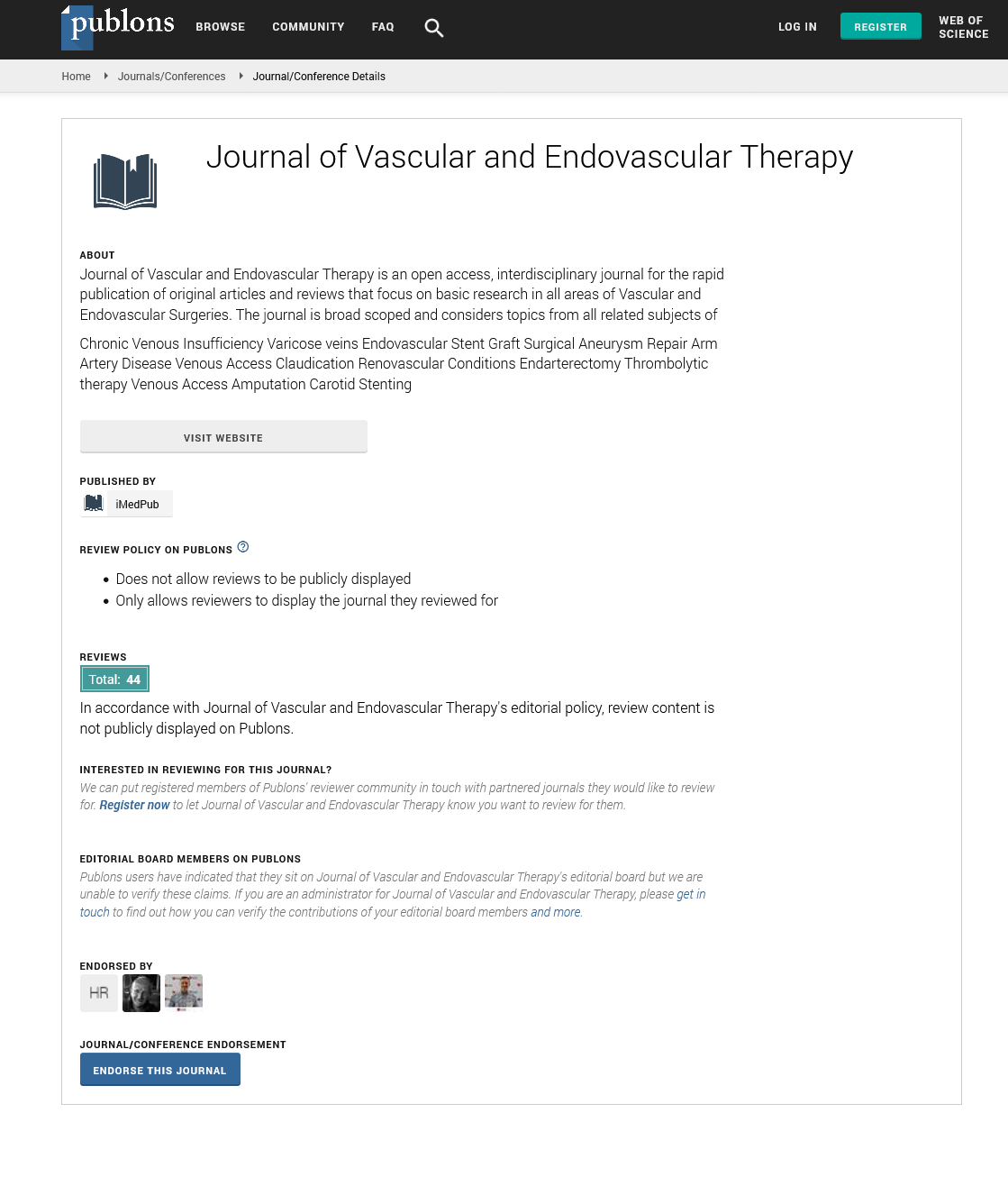Abstract
Outcomes of Percutaneous-First Femoral Artery Access for Fenestrated and Branched Endovascular Aneurysm Repair
Introduction: Percutaneous femoral artery access is often employed for infrarenal Endovascular Aneurysm Repair (EVAR) given its safety, decreased length of stay and improved perioperative quality of life compared to open femoral artery exposure. However, evaluation of percutaneous femoral artery outcomes for Fenestrated and Branched EVAR (F/BEVAR) is limited. We sought to compare outcomes of a percutaneous-first femoral artery access strategy with an open-first femoral artery access strategy for F/BEVAR.
Methods: We reviewed a single-institution, prospectively maintained database of all F/BEVAR procedures performed as part of an FDA-approved PS-IDE trial (G130210) from 2013-2021. Patients were divided into two groups based on femoral artery access strategy: (1) Percutaneous-first–all patients treated with a percutaneous first approach (we adopted a percutaneous-first strategy for all F/BEVAR procedures in 08/2019) and (2) open-first-all patients with planned open femoral artery exposure. Covariates included patient demographics, medical comorbidities, and aneurysm-specific characteristics. Our primary endpoint was access site complication (thrombosis, hematoma requiring transfusion/intervention, pseudoaneurysm requiring intervention, groin infection or wound breakdown, or conversion to open femoral exposure). Secondary outcomes included technical success, Estimated Blood Loss (EBL), number of transfusions, 30-day perioperative outcomes (myocardial infarction, paraparesis, paralysis, stroke, acute kidney injury, dialysis, target artery occlusion, type 1 or 3 endoleak, and mortality), length of stay, and 30-day readmission. Cox proportional hazards modeling was used to assess the independent effect of percutaneous access on 1-year mortality.
Results: From 12/2013-10/2020, 259 consecutive F/BEVAR procedures were performed with 201 (78%) in the open-first group and 58 (22%) in the percutaneous-first group. Between groups, there were no differences in baseline demographics, BMI, history of open or endovascular aortic surgery, previous surgical groin exposure, aneurysm extent, urgency of repair, number of target arteries, device type, or number of stents placed (all P>.05). Access site complications did not differ between groups (5.2% vs. 2.5%, P=.57). Among the percutaneous-first group, 8(13.5%) required conversion to open femoral artery exposure. However, EBL (381 cc vs. 476 cc, P=.049), 30-day readmission (11% vs. 28%, P=.02), time from incision to closure (3.3 hours vs. 4.1 hours, P<.0001) and radiation dose (4499 mGy vs. 5550 mGy, P=.04) were all significantly lower for percutaneous-first procedures. Contrast volume (89 mL vs. 64 mL, P<.0001) was higher for percutaneous-first procedures. On multivariable analysis, femoral access strategy was not associated with one-year mortality.
Conclusion: Percutaneous femoral access for F/BEVAR is a safe alternative to open femoral exposure with comparable rates of access site complications and perioperative outcomes. Blood loss, operating room time, and readmissions are reduced with a percutaneous-first strategy, suggesting improved resource utilization compared to an open-first femoral access strategy.
Author(s):
Diamond KR, Simons JP, Crawford AS, Judelson DR, Jones DW, Nguyen TT, Aiello FA and Andres Schanzer*
Abstract | Full-Text | PDF
Share this

Google scholar citation report
Citations : 177
Journal of Vascular and Endovascular Therapy received 177 citations as per google scholar report
Journal of Vascular and Endovascular Therapy peer review process verified at publons
Abstracted/Indexed in
- Google Scholar
- Open J Gate
- Publons
- Geneva Foundation for Medical Education and Research
- Secret Search Engine Labs
Open Access Journals
- Aquaculture & Veterinary Science
- Chemistry & Chemical Sciences
- Clinical Sciences
- Engineering
- General Science
- Genetics & Molecular Biology
- Health Care & Nursing
- Immunology & Microbiology
- Materials Science
- Mathematics & Physics
- Medical Sciences
- Neurology & Psychiatry
- Oncology & Cancer Science
- Pharmaceutical Sciences


